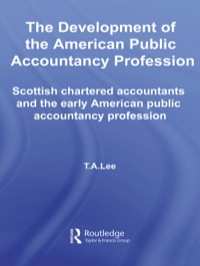Question
Its been estimated that if a truck collides with a car, the damage to the car one is AC = $4,000. There is no damage
Its been estimated that if a truck collides with a car, the damage to the car one is AC = $4,000. There is no damage to the truck. The probability of a collision is described by p(sT, sC) = (sT2 + sC2)/100,000, where sT is the truck speed and sC is the car speed, in km/h. The maximum speed the vehicles are capable of is 100 km/h.
Each driver can take precautions; assume the only feasible precaution is to reduce the speed. The cost of taking precautions by the truck driver is 4(100 sT), that is the truck driver loses $4 value for every 1 km/h slowing down. The cost of taking precautions by the truck driver is 3(100 sC), that is the car driver loses $3 value for every 1 km/h slowing down.
e. If the rule were any other allocation of liability and damages where the truck driver must pay some compensation LT and the car driver assumes the rest of the damages, AC LT?, would the efficient speeds be chosen by both drivers? Explain. (2)
f. What do you conclude from these examples? I.e., can the efficient outcome be achieved by any ex post allocation of liability and damages? Explain. (2)
g. Now consider how this could be solved by introducing a negligence rule. Let us pick a simple negligence rule = if the truck driver does not exceed the legal speed limit of 50 km/h, the truck driver is not liable for any damages; if the truck driver exceeds the legal speed limit of 50 km/h, the truck driver is fully liable for the damages.
i. Draw the truck drivers expected full cost (cost of taking precautions + expected liability) as a function of sT. What speed would the truck driver choose? (2)
ii. Draw the car drivers expected full losses (cost of taking precautions + expected damages) as a function of sC if the truck driver is not speeding. What speed would the car driver choose? (2)
iii. Draw the car drivers expected full losses (cost of taking precautions + expected damages + expected compensation [remember the damages and compensation have opposite signs for the car driver]) as a function of sC if the truck driver is speeding. What speed would the car driver choose? (2)
iv. What are the equilibrium sT and sC? Explain. Is this outcome efficient? (2)
Step by Step Solution
There are 3 Steps involved in it
Step: 1

Get Instant Access to Expert-Tailored Solutions
See step-by-step solutions with expert insights and AI powered tools for academic success
Step: 2

Step: 3

Ace Your Homework with AI
Get the answers you need in no time with our AI-driven, step-by-step assistance
Get Started


